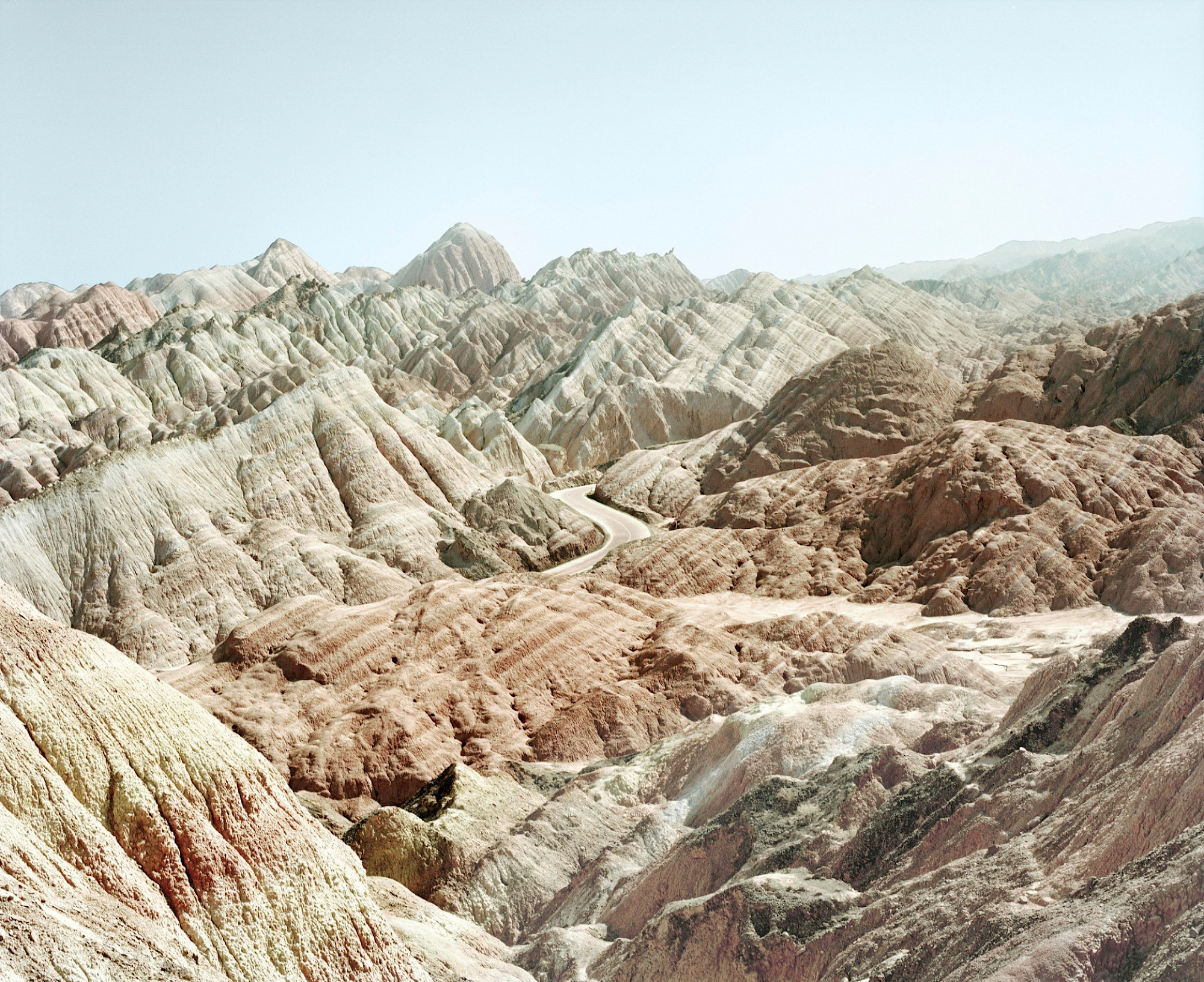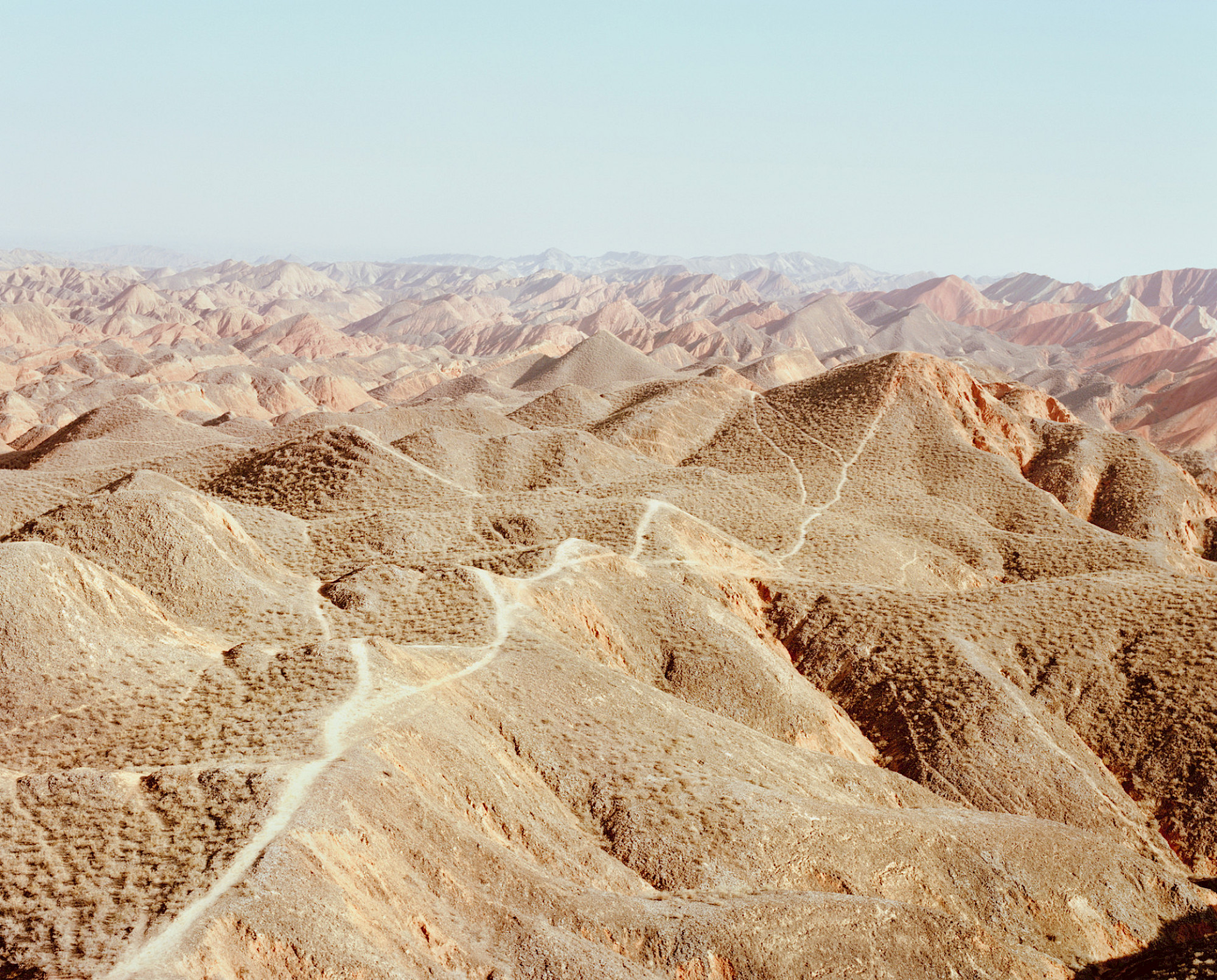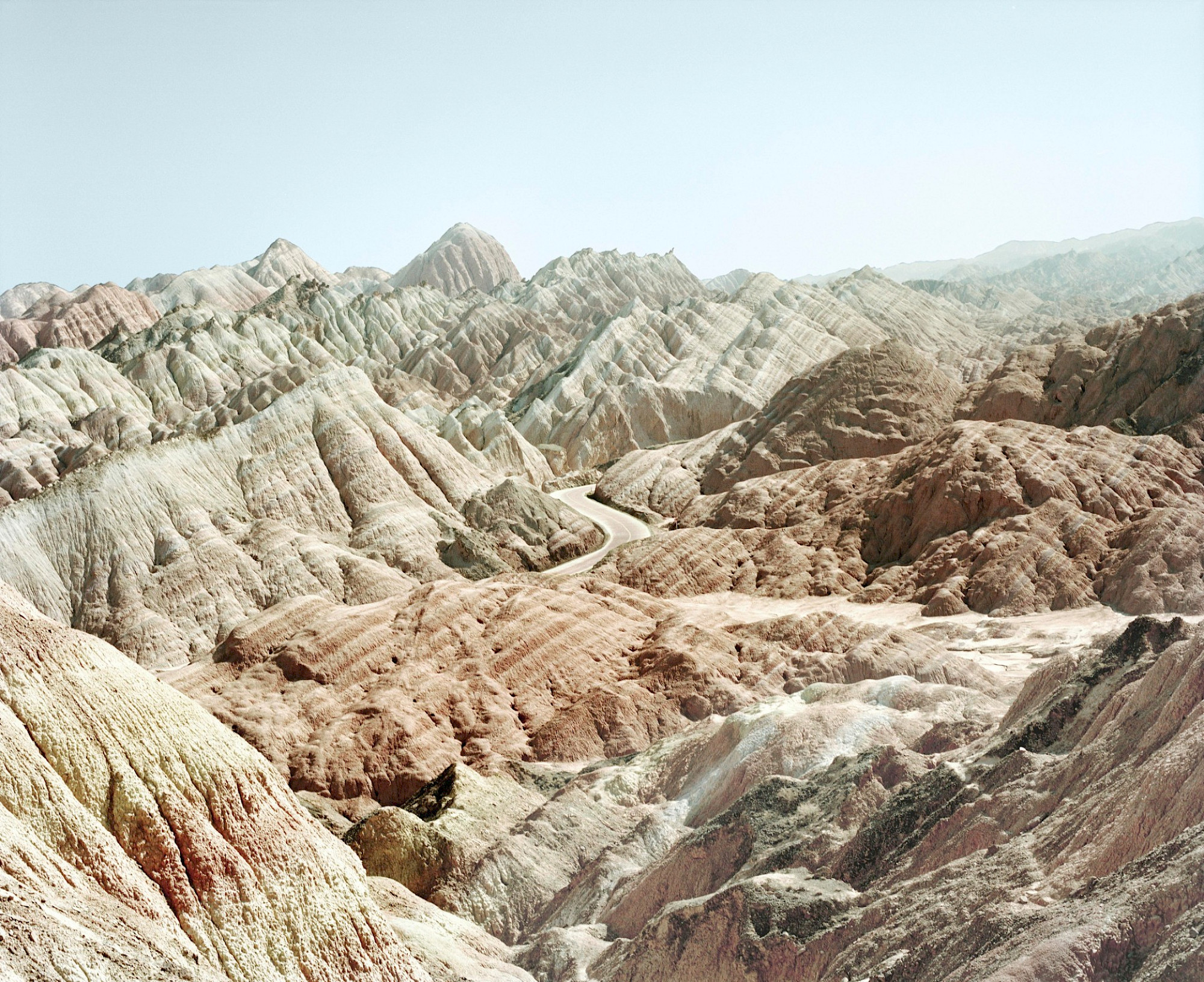Whether in the Scottish Highlands or the Mongolian desert, artist Catherine Hyland is always exploring the complex relationship between people and the land. Her sublime, large-format photographs depict humanity’s attempts to tame its environment and how these actions shape national identity and collective memory. Here, she tells Capture about her creative process, the importance of staying curious and how the absurdity of real life informs her work.
Over the last decade, Catherine Hyland has made work about Lithium mining in the Atacama desert, how young Mongolian sumo wrestlers are grappling with climate change and the rituals and gestures that bond North Korean defectors. While the work is rooted in critical theory and conceptual rigour, Catherine always centres on the human experience, ensuring each image is an emotional encounter as much as an intellectual one. Playing with scale and stillness, her viewers are often left awe-struck, captivated by unfamiliar scenes and spectacles.
From the outset, I felt there wasn't anything I could dream up in a studio that would address the absurd and often strange circumstances that arise in real life.
"From the outset, I felt there wasn't anything I could dream up in a studio that would address the absurd and often strange circumstances that arise in real life," says Catherine. "I realised the best way to depict the world's absurdities and rapid, unrelenting development was to seek them out." Fuelled by extensive research, the British artist seeks to unravel notions of national identity, tourism, technology and the climate crisis, often within a community context. Together her quiet yet emotionally charged images are an invitation to consider the complexity of the human experience, past and present.
One of Catherine's most renowned projects, Universal Experience, was made under the banner of an editorial commission. She was sent on assignment to China and Mongolia for two months to follow in the footsteps of pioneer Isabella Bird, a Victorian photographer, explorer and naturalist. Known for her extensive documentation of China, a country where women rarely travelled in the 1890s, especially not alone, Isabella, like Catherine, was a determined adventurer and tireless advocate for women's empowerment.
In Universal Experience, Catherine travelled extensive terrain to some of China and Mongolia's most interesting and hard-to-reach tourist destinations, from the mineral-stained hills of Zhangye Danxia Landform Geological Park in China's Gansu Province to the giant statue of Genghis Khan in Ulaanbaatar, Mongolia. Her expansive images describe how the land has been tamed for human consumption - designed both for tourists and to construct national identity narratives. Winning numerous accolades and exhibited globally, the work is a powerful testament to the ways grand narratives shape the human psyche.










